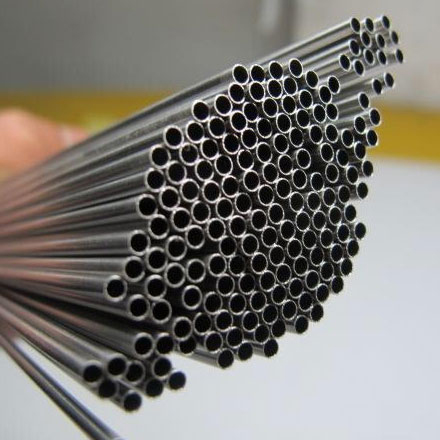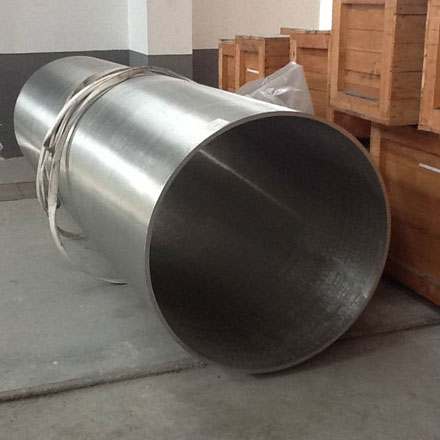Duplex Steel
Compared to regular stainless steel, duplex stainless steel has more durability, is twice as strong, and has a much higher performance index. As a consequence of this, a lighter product may lead to better performance. The fact that the alloys used to form duplex grade steel has unique qualities, such as high resistance to pitting, cracking, and impact corrosion, helps to make duplex steel a highly desirable commodity in the stainless steel industry.
The super duplex stainless steel has 24 and 26% chromium content. Duplex stainless steel is made with Around three percent molybdenum and five to six percent nickel make up the alloy.

Super Duplex Steel
Since it contains more chromium, nitrogen, and molybdenum than duplex stainless steel does, super duplex stainless steel, on the other hand, has a more muscular strength and a better corrosion resistance index than duplex stainless steel does. The same raw material is used in the production of duplex stainless steel. Nonetheless, the usage ratio is different in both instances, and the variation in the ratio improves the strength and corrosion resistance.
The percentage of chromium that may be found in duplex-grade stainless steel can range anywhere from 19% to 32%. The super duplex stainless steel has 4% molybdenum and 7% nickel in its composition.

Structural Composition:
There is a difference between duplex stainless steel and super duplex stainless steel, although both types of steel contain the same elements. In the following paragraphs, we will examine the in-depth structural design of a duplex and a super duplex.
Duplex
This combination of ferritic and austenitic stainless steels has 3% molybdenum, 5% to 6% nickel, and 22% chromium as its constituent elements.
Super Duplex
In its most basic form, super duplex stainless steel is identical to duplex stainless steel but has different properties. It has 25% chromium, 7% nickel, and 4% molybdenum in its makeup. It has more excellent resistance to corrosion than duplex stainless steel due to the increased amounts of each element it contains.
Characteristics and Benefits:

|

|
|
Characteristics: |
Excellent resistance to stress corrosion cracking (SCC) can occur in chloride settings. |
It is resistant to stress corrosion cracking (SCC) in environments with chlorides. |
|
Strong resistance to stress corrosion cracking (SCC) may occur in settings containing hydrogen sulfide. |
Excellent resistance to pitting and pitting corrosion. |
|
|
Excellent resistance to corrosion in general, as well as to pitting and corrosion. |
High resistance to corrosion in general. |
|
|
Strong resistance to corrosion, rust, and fatigue caused by corrosion. |
Very strong in terms of how things work. |
|
|
Very high mechanical strength, equivalent to austenitic stainless steel, but with additional benefits. |
There are physical properties that help with the design. |
|
|
Advantages to the design that are derived from physical features. |
High resistance to rust, corrosion, and wear from corrosion. |
|
|
Superior ability to be welded. |
Excellent ability to weld. |
|
Benefits: |
High strength and resistance to corrosion and wear. |
Compared to a duplex, it has better corrosion resistance. |
|
High resistance to corrosion fatigue, cracking from stress corrosion, and erosion. |
Tensile and yield strengths are better. |
|
|
Excellent resistance to cracking from chloride and sulfide stress corrosion. |
Good flexibility and strength. |
|
|
High ability to move heat. |
Good resistance to stress, corrosion, and cracking (SSC). |
|
|
Low thermal expansion. |
A chance to shop and save money on materials without sacrificing quality. |